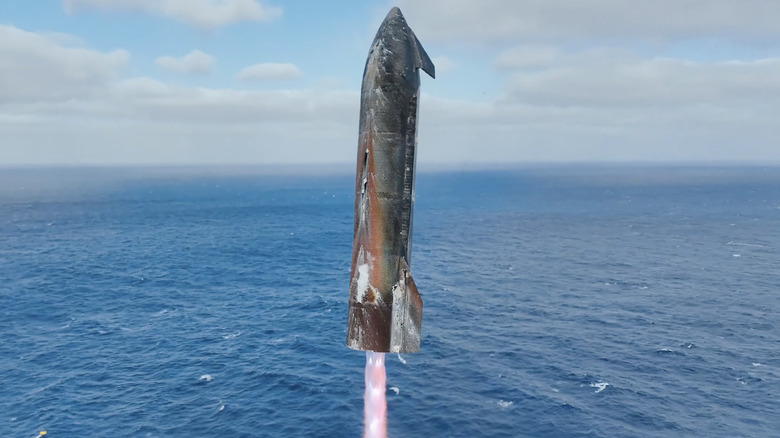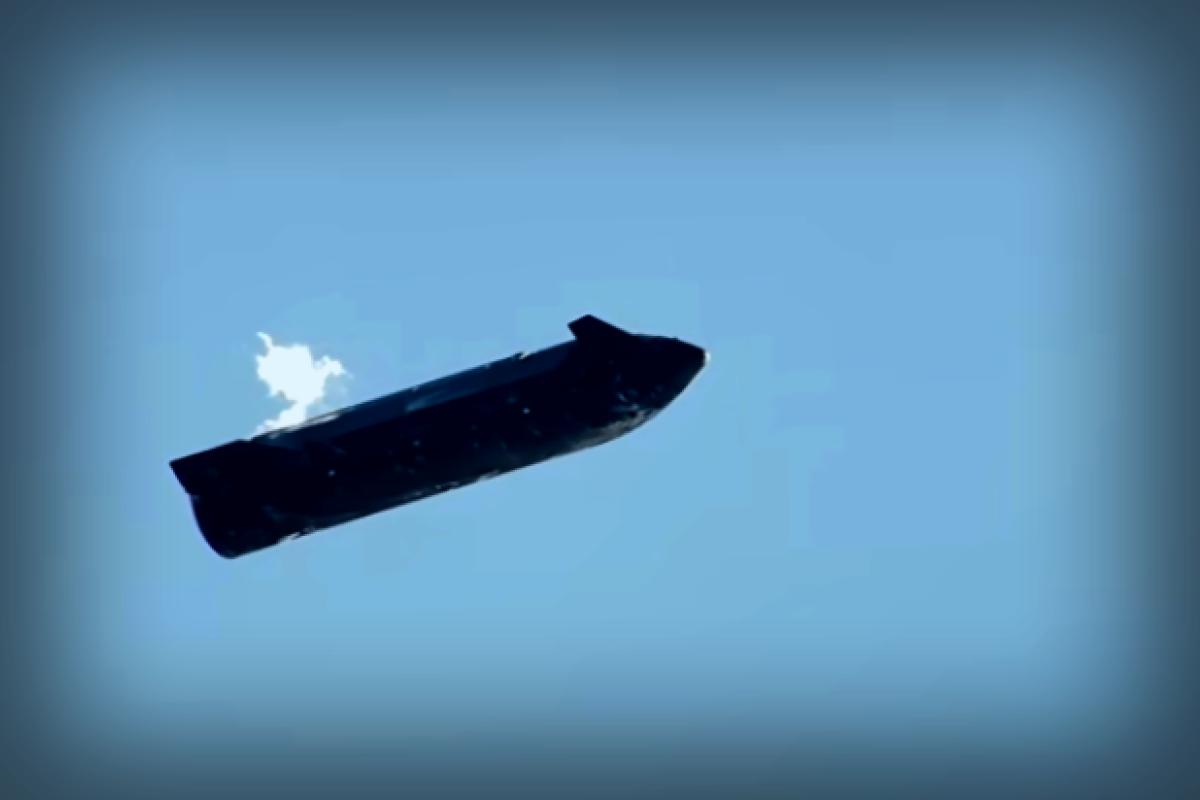On October 13, SpaceX celebrated a successful launch of its Starship V2 prototype, which soared through the skies—not in a fiery end, but with an impressive bang! This flight marked the end of the V2 era, which, let’s be honest, wasn’t always smooth sailing, especially after back-to-back test flights in the previous years went up in flames. This recent mission, contrastingly, executed its flight sequence like a pro. Standing at 403 feet, the rocket made its lift-off from Texas, delivering an incredible 16.7 million pounds of thrust thanks to its Super Heavy booster that employs 33 Raptor engines for initial power.
As the Starship V2 returned home, it demonstrated a sophisticated new landing technique that kicked off with 13 engines firing up before scaling down to five, finishing off with three for a successful controlled splashdown in the Gulf of Mexico. After parting ways, the upper stage coasted halfway around the planet before splashing down in the Indian Ocean. It checked off everything on its to-do list, including opening the cargo bay to dish out dummy Starlink satellites and reigniting an engine mid-flight. To test out a new “dynamic banking maneuver,” the ship gathered essential data for future landing techniques. Unlike earlier flights, this one nailed reentry with impressive resilience, showing no severe damage despite engineers deliberately removing some thermal protection tiles to push the design limits, highlighting the challenges of the metallic sheet designs.
The Future Looks Bright with Starship V3

Now that V2 is officially in retirement, SpaceX’s sights are set on Starship V3, the new upgraded version. This next rocket will stand about five feet taller and will benefit from larger propellant tanks to enhance its lifting power—yeah, you heard that right! But the big upgrades lie beneath the skin.
Starship V3 will be powered by the new, more advanced Raptor 3 engines, ensuring top-notch propulsion. Other improvements involve enhancements in energy storage as well as avionics tailored for longer missions. They’re even outfitting it with new docking adapters for orbital refueling demonstrations set for 2026. The Super Heavy booster is also undergoing significant upgrades.
This includes a revamped fuel transfer tube and a clever integrated hot stage to ease stage separation. Visually, the grid fins on the booster are changing as well—three huge fins will replace the previous four, each significantly larger to streamline the rocket’s recovery strategy with the launch tower’s innovative “chopstick” arms catching it after descent. For these physical changes, SpaceX is reshuffling its ground operations, relocating launches to the freshly designed Pad 2.
Nasa Has Its Eyes on Starship V3

Starship V3’s updates play a crucial role in its upcoming objectives, especially as it serves as the lunar lander for NASA’s Artemis program. NASA is putting significant resources into Starship, despite a few kinks to iron out, primarily the challenge of transferring fuel in orbit—a task so complex that it’s never been done before.
NASA isn’t holding back either, having awarded SpaceX contracts exceeding $4 billion to develop a specialized lunar lander variant of the Starship. They need this vehicle ready for Artemis 3, which is set to return humans to the Moon for the first time since the Apollo missions, aimed for 2027.
Determining the number of tanker flights required for a Moon mission remains uncertain. SpaceX threw out the estimate of around “10-ish” flights, according to a report by CNN, while some NASA analysts toyed with numbers suggesting upwards of 40 trips. The stakes couldn’t be higher! Acting NASA Administrator Sean Duffy referred to this launch as a pivotal step towards reclaiming lunar grounds from China, reaffirming that V3’s success is essential for the US’s renewed ambitions in space.




















